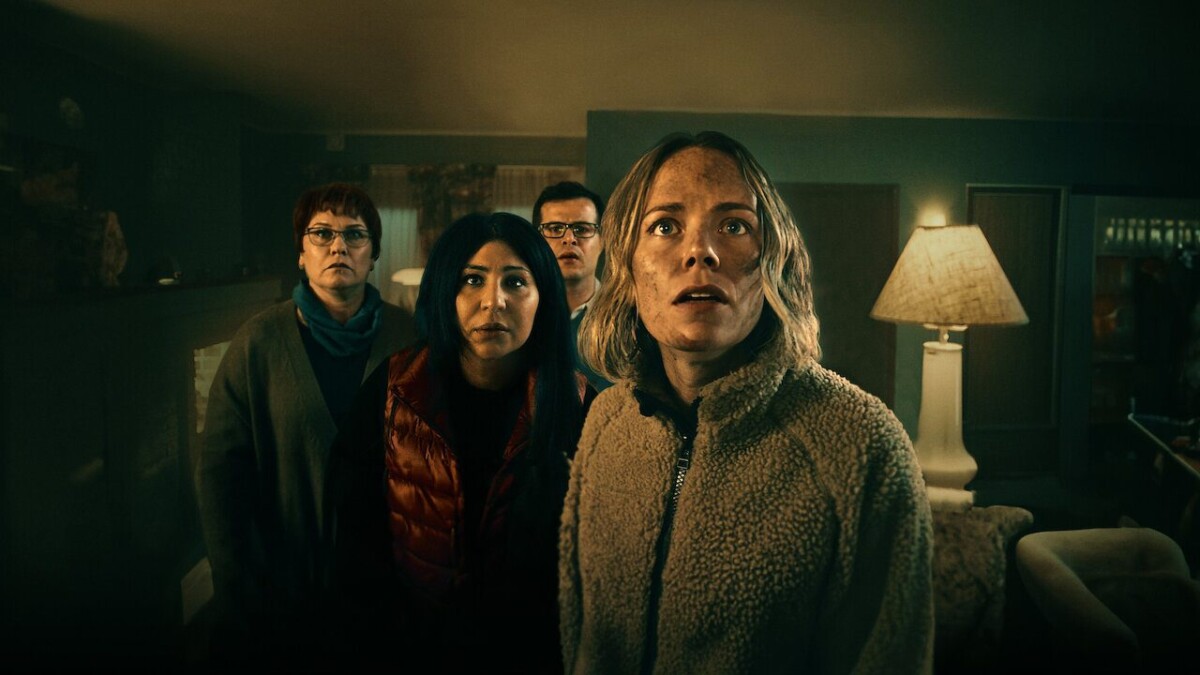Horror is a genre that has the power to evoke intense emotions and spine-tingling fear. Crafting an effective horror story requires a deep understanding of the genre’s conventions, as well as a mastery of storytelling techniques that can keep readers or viewers on the edge of their seats. In this guide, we’ll explore pro tips and techniques to help you craft compelling horror stories that will send shivers down the spines of your audience.
Start with a Strong Premise
The foundation of any great trails carolina horror stories is a strong premise. Your premise should be unique, intriguing, and capable of stirring fear. Consider what terrifies you and explore those fears. Whether it’s supernatural entities, psychological horror, or real-world terrors, your premise should serve as the backbone of your narrative.
Create Well-Defined Characters
Compelling characters are essential in horror stories. Readers or viewers need to empathize with the characters and care about their fates. Develop characters with depth, distinct personalities, and relatable vulnerabilities. The more readers or viewers connect with your characters, the more they’ll be invested in the horror unfolding around them.
Establish a Chilling Atmosphere
Atmosphere plays a crucial role in horror storytelling. Use descriptive language to establish a setting that is unsettling and eerie. Elements like weather, time of day, and the physical environment can contribute to the atmosphere. Think about how the setting can become an active participant in the horror, enhancing the fear factor.
Build Tension Gradually
One of the most effective techniques in horror is the slow build of tension. Create a sense of unease from the beginning and then escalate it incrementally. Instead of throwing readers or viewers into the horror right away, allow them to become gradually aware of the impending danger. This technique can heighten the fear as the story progresses.
Use Psychological Horror
Psychological horror is a potent tool in the horror writer’s arsenal. It preys on the reader or viewer’s psyche, instilling fear and dread through manipulation of the mind. Create situations that challenge the characters’ sanity and force them to confront their deepest fears. This can be far more unsettling than physical threats.
Unpredictability Is Key
To keep the horror fresh and unexpected, avoid predictable tropes and clichés. Surprise your audience with unexpected twists and turns. Subvert their expectations and take your story in unconventional directions. The element of surprise is a powerful tool for creating fear.
Immerse the Reader’s Senses
Engage the reader’s or viewer’s senses to intensify the horror experience. Describe sights, sounds, smells, and textures in vivid detail. By immersing the audience in sensory experiences, you can make them feel like they’re right there in the terrifying world you’ve created.
Leverage Fear of the Unknown
The fear of the unknown is a universal human instinct. Use it to your advantage by withholding information or revealing it in fragments. Give your audience just enough to keep them engaged but leave room for their imagination to run wild. What they can’t see or understand can be far more terrifying than what is revealed.
Incorporate Symbolism and Metaphor
Horror stories can be elevated through the use of symbolism and metaphor. Use these literary devices to add depth and layers to your narrative. For example, a haunted house could symbolize a character’s inner turmoil, and the horrors that unfold within it reflect their psychological struggles.
Play with the Supernatural
Supernatural elements can be a potent source of horror. Ghosts, demons, and otherworldly entities can evoke primal fear. However, to make these elements truly terrifying, establish rules for their existence and capabilities within your story’s universe. Inconsistencies can undermine the horror’s effectiveness.
Explore Real-World Fears
While the supernatural can be a powerful horror element, real-world fears are equally compelling. Address social, cultural, or personal fears to create a connection with your audience. Whether it’s the fear of isolation, loss, illness, or societal collapse, real-world terrors resonate deeply.
Edit Ruthlessly
After writing your horror story, revise and edit meticulously. Remove any unnecessary elements that don’t contribute to the fear or tension. Ensure that the pacing remains consistent and that the plot flows smoothly. A well-edited horror story will deliver a more potent and refined experience.
Test Your Story on Beta Readers
Before sharing your horror story with a wider audience, gather a group of beta readers. Their feedback can be invaluable for fine-tuning your narrative. Pay attention to their reactions, especially during the suspenseful and scary moments. Use their input to make necessary adjustments.
Know When to Show and When to Hide
Horror storytelling often involves a delicate balance between revealing and concealing. Some elements are more frightening when left to the imagination, while others benefit from a visual or detailed description. Mastering this balance is crucial for maximizing the impact of your horror story.
The Power of Endings
A great horror story often hinges on its ending. Consider the emotional payoff you want to deliver to your audience. Whether it’s a shocking twist, a lingering sense of dread, or a glimmer of hope, the ending should leave a lasting impression. Learn how to use the Try Hard Guides Wordle Tool.
Read and Watch Widely
To improve your skills as a horror writer, immerse yourself in the genre. Read a variety of horror literature and watch horror films. Analyze what works and what doesn’t in these stories. Pay attention to how tension is built, how characters are developed, and how fear is evoked.
Conclusion
Crafting horror stories that send shivers down the spine requires a combination of creativity, psychological insight, and technical skill. By following these pro tips and techniques, you can create horror narratives that leave a lasting impact on your readers or viewers. Experiment, take risks, and remember that the best horror stories tap into the deepest fears of humanity. So, go ahead, and let your imagination run wild in the realm of terror and suspense.
